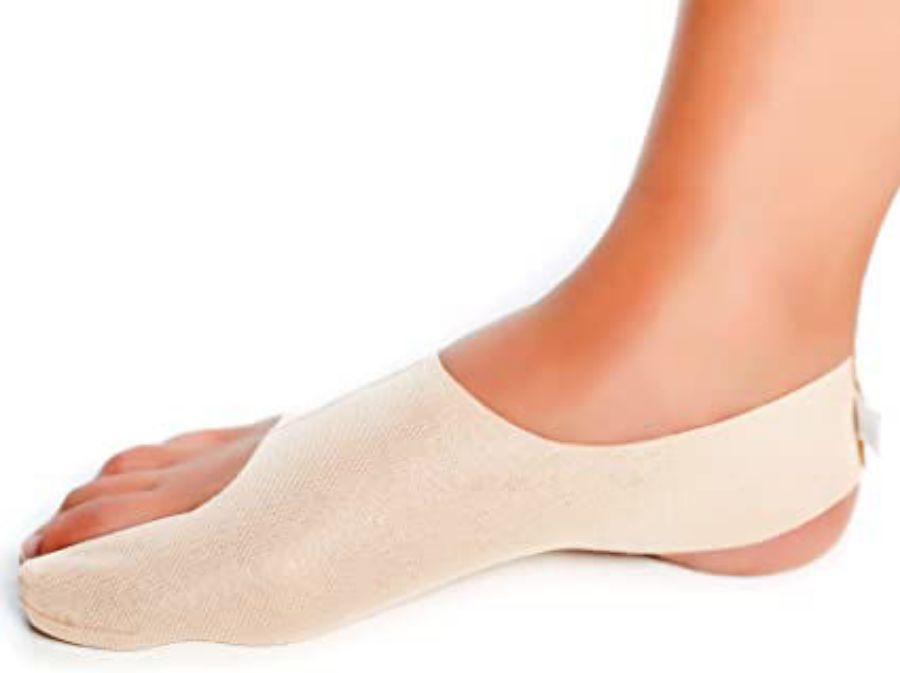Bunions, or bunionettes, are painful bumps on the foot's side that are extremely common among women. They commonly cause inflammation, bruising, and pain, and they can appear just about anywhere on foot but more specifically on the big toed toe. These painful bony lumps that lie seem on the side of the large toe most commonly are caused by a change of bone along the toe's length. Although bunions can also be aggravated by physical trauma to the foot or wearing very tight, narrow shoes, they can also be genetic. Bunions are not limited to footwear, though. Many athletes have bunions as well, perhaps most notably basketball star Baron Davis.
Bunions can be treated in several ways. One way is with modern orthopedic cushioning techniques. With these techniques, the doctor can actually realign your bunion's bones so that they are lined up properly with each other. When this happens, the bunion pain goes away, usually within a couple weeks. This is relatively quick for bunions sufferers since it takes a lot of pressure off the joint.
Another option for getting relief from bunions is with over-the-counter arch support insoles. There are several varieties available, and the easiest way to tell which insoles will work for you is to try them out. You'll want to try them at various angles so that you can get a feel for how they work, and you'll want to compare them at multiple pressures to see if they provide sufficient cushioning. If you find that some of your insoles do not work well for you, you might want to try another variety.
Bunions can also be treated less expensively by wearing bunion booties. These are specially designed to gently guide crooked toe(s) back to a more natural position and relieve pain. The booties help in improving your balance. Maintaining balance in your body is very important.
Arch supports are also available for people who suffer from bunions on both feet. As their name implies, arch supports directly sit on top of the first or second toe arch to give you relief from bunions on the big toes. Although this method provides good comfort, it is typically only a temporary fix. In most cases, bunions return after the supports are removed.
The third, and probably the best bunion corrector, are surgery. However, before you decide to have surgery, be sure to do your research. Surgery is expensive, it comes with many risks, and it is not guaranteed to work. Although it may provide long-term relief, surgery can also lead to other problems down the road, like a re-infection or re-calcification of the bunion.
Bunions are also caused by tight-fitting shoes. If you are serious about bunion relief, it's essential to make sure that your shoes fit correctly. If they're too small, they don't perfectly cushion the foot and can actually irritate the toes, causing more pressure and irritation. On the other hand, if they're too big, they can cause undue stress on the back and cause even more irritation. A better fitting shoe is a way to prevent bunions from forming on your toes.
Bunions are also often caused by deformities in the pelvic region. If you are experiencing bunions, you may want to talk to your doctor about an exercise program to relieve discomfort. Some potential solutions include Kegel exercises, which strengthen the pelvic floor muscle and help with pressure on the bunion. Another option is a bunion corrector shoe, a comfortable and helpful shoe that supports the entire foot and prevents pressure from building up around the joint. A bunion corrector can also reduce the effects of stress and tension on the bunion area. The added support can improve circulation, preventing the bunion pain and pressure from getting worse.
Cookies help us deliver our services. By using our services, you agree to our use of cookies.
.png)


 Canadian Dollar
Canadian Dollar  US Dollar
US Dollar 






























.png)
